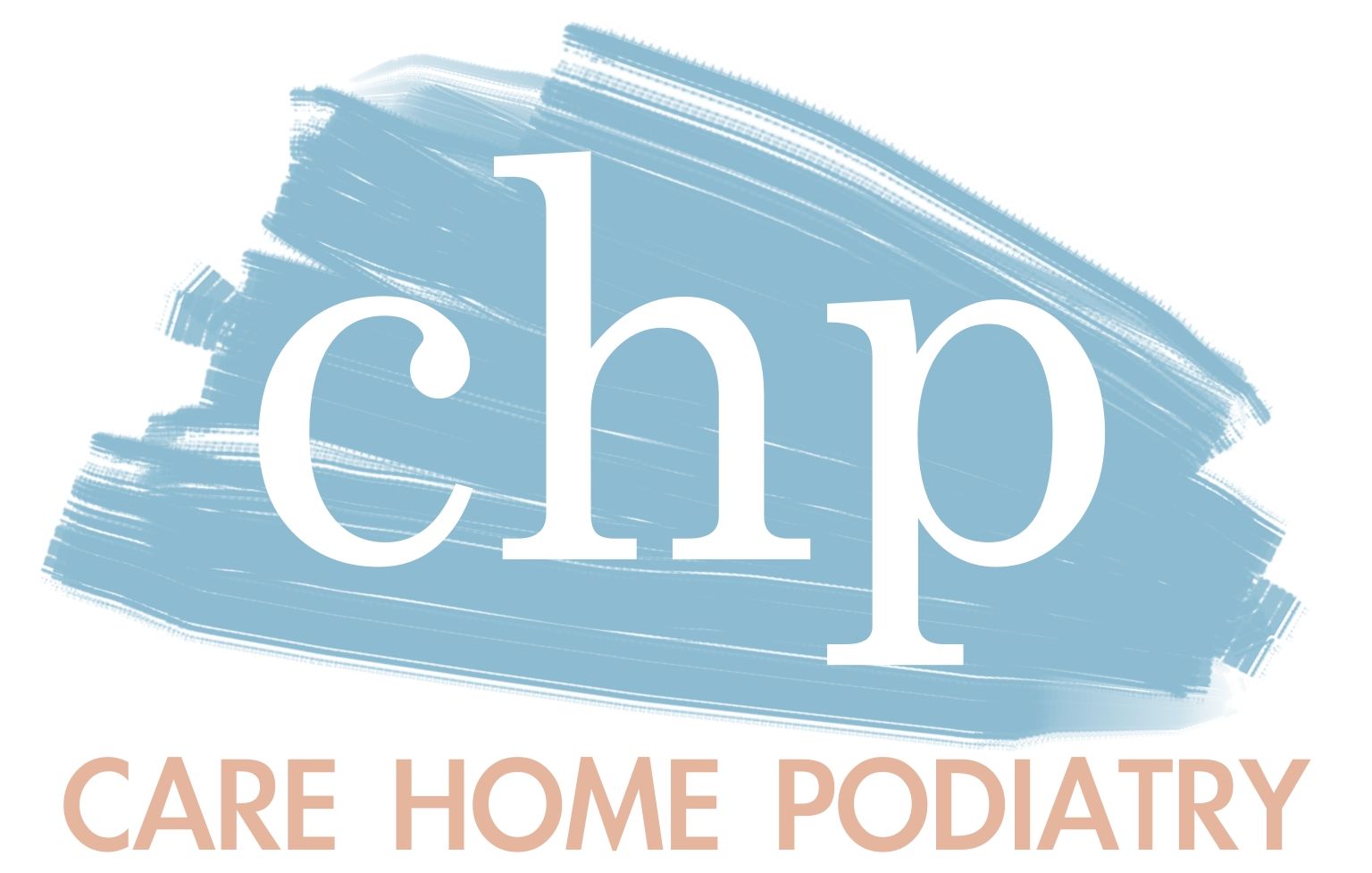Completing foot care for residents of your care home might be more complicated than you might think. Here are some of the ways a Podiatrist can help!
Toe nails
Podiatrist are specially trained to be able to spot, diagnose and treat all types of problematic nail disorders, ranging from mild and slightly irritating to painful and down right dangerous. Nail disorders are caused by a variety of factors including physical trauma, medications and underlying medical conditions. Below are just a handful of the nail conditions Care Home Podiatry treats.
Podiatrist are specially trained to be able to spot, diagnose and treat all types of problematic nail disorders
- Thick toe nails (Onychauxis) – One of the most common nail disorders in older adults. Thick toe nails are generally caused by physical damage to the nail, but can also be caused by medications, inherited conditions or fungal infections. Thick toe nails make trimming the toenails much more difficult so having the right tools and training is a must! For a lot of people thick toe nails do not cause any day to day problems, but if not properly managed they can make wearing shoes very uncomfortable.

Fungal toe nails - Ingrowing toe nails (Onychocryptosis) – These can be particularly painful for people and if not managed properly could cause bacterial infections. Ingrown toe nails can are generally caused by inappropriate nail cutting, damage to the nail or inherited curly (involuted) nails. In most cases ingrown toe nails can be managed with appropriate nail cutting, but in some cases minor surgery is required to remove some or all of the nail. Want to know more? Watch this video produced by the College of Podiatry.
- Fungal toe nails (Onychomycosis) – Very common among older adults. Fungal toe nails are caused by a fungus infecting the nail causing it to become discoloured, thick and/or crumbly. Fungal infections are not always problematic or painful for people and can often go unnoticed and undiagnosed. In some cases the fungal infection can cause significant deterioration in the nail structure which causes the nail to become uncomfortable and difficult to cut. Fungal nails can be treated using a combination of specialist nail care and medication.
- Black toe nails (Subungual Haematoma) – Can be a cause of major concern for patients and care givers, but they often look worse than they are. Black toe nails are most commonly a sign of bleeding underneath the nail caused by an impact or trauma to the nail itself. In some cases they do not require treatment, but care has to be taken to diagnose the cause carefully as they could also be a sign of something more serious such as a wound (Subungual Ulceration) or toe nail cancer (Melanoma).
Skin problems
Corns and callus are common in residents of Care Homes. In some cares they can be painful, reduce mobility or even increase the risk of falls.
So what are corns and callus?
Corns and callus are two different types of thick hard skin that develop on peoples feet. They normally develop as a result of rubbing or repetitive pressure on the skin – thickening up is just the skins natural defence. The problem comes when the skin builds up too much it can become painful or split. In the worst cases if corns or callus are left untreated they can cause a wound (ulceration) to develop underneath the thick skin.
Although corns and callus are both types of hard skin they are different. A corn develops a deeper centre section, which are often round in appearance, and more commonly due to pressure from bony lumps or tight fitting shoes. Callus is a more surface level type of hard skin which can cover a bigger area on the foot. Both can be uncomfortable but corns tend to be more painful.
Corns and callus are two different types of thick hard skin that develop on peoples feet. They normally develop as a result of rubbing or repetitive pressure on the skin
How do we treat them?

There are 2 stages to successfully treating callus and corns:
- Removal of the hard skin – Our podiatrist are trained to use a scalpel blade to skilfully remove the callus or corns. Once this part of the treatment is complete the painful symptoms are often completely relieved!
- Identify the cause – this is the most important part of successfully treating corns and callus. If the underlying cause is not diagnosed and treated, the callus or corn will almost certainly return! Our Podiatrist are able to accurately diagnose and treat these underlying causes with footwear advice, insoles, padding or toe splints.
Want to know more or need some help looking after your care home residents feet? Contact us now about our care home foot care services.

